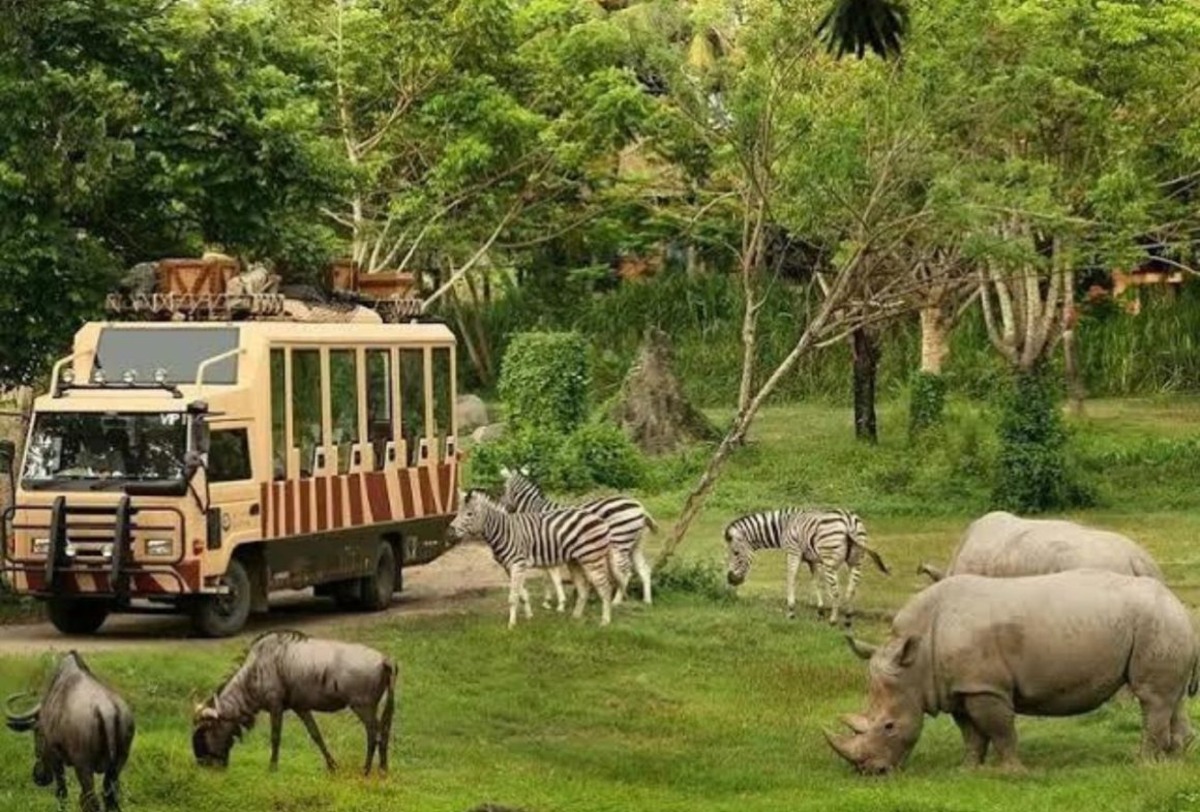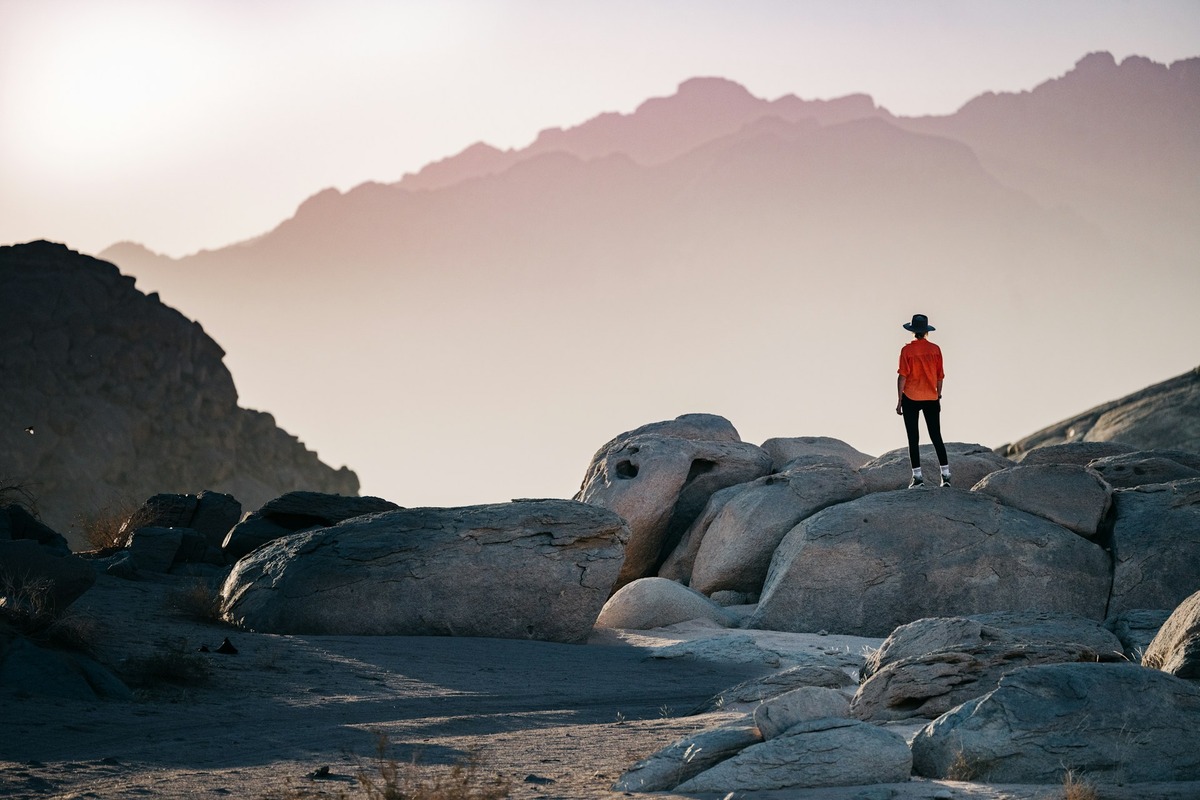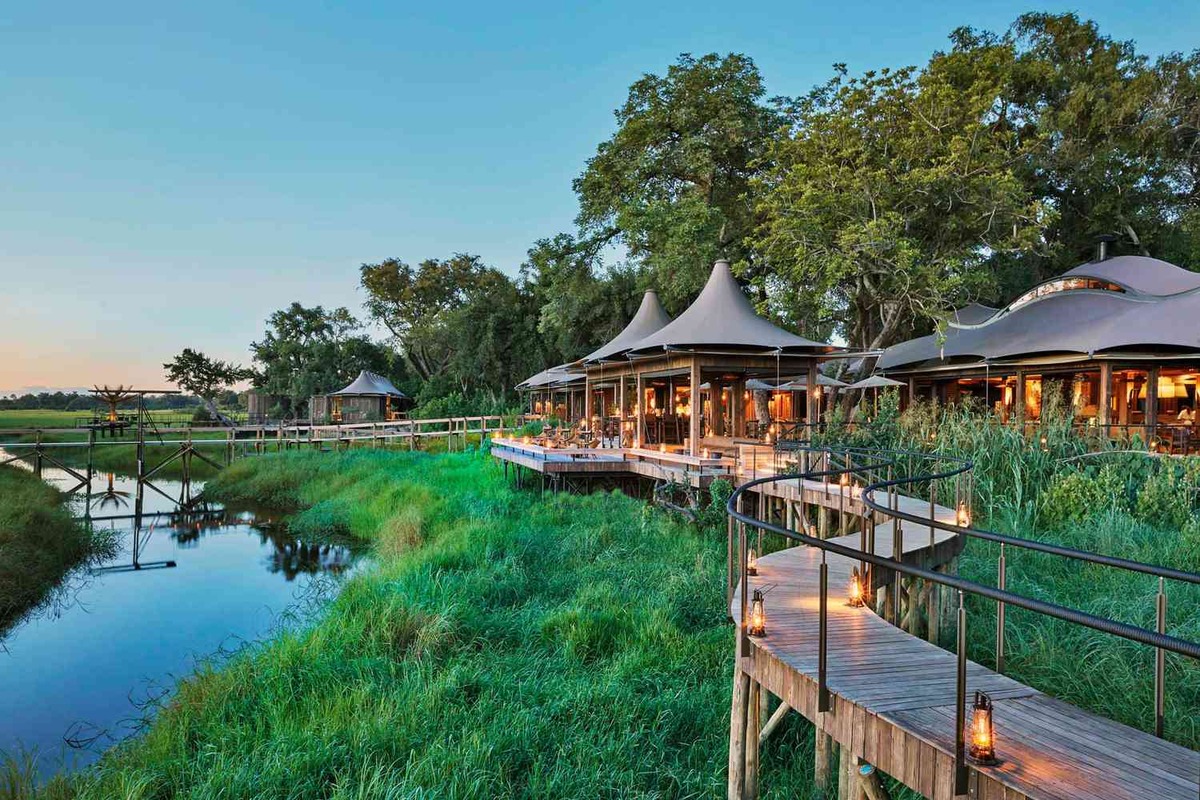Table of Contents
- Introduction to Wildlife Safaris
- Types of Wildlife Safaris
- Planning Your Safari: Essential Tips
- Essential Gear for Your Safari Adventure
- Understanding Wildlife Behavior
- Conservation Efforts and Sustainable Tourism
- Capturing Memorable Safari Moments
- Connecting With Local Cultures
Introduction to Wildlife Safaris
Venture into the wild and immerse yourself in the thrilling spectacle of wildlife safaris. These journeys offer a unique chance to observe magnificent animals in their natural environments. Adventures like those offered by Unique Safaris provide unforgettable experiences for nature enthusiasts and thrill-seekers alike. Each safari creates an indelible link between travelers and nature by allowing people to witness firsthand the incredible beauty and drama of the wild.
Embracing such adventures allows one to connect with nature on a profound level. As you explore the vast landscapes and diverse ecosystems, every moment becomes a story worth telling. Awe-inspiring vistas stretch as far as the eye can see, with each safari unveiling a different chapter of Earth’s rich biodiversity. This guide explores what makes safaris a timeless excursion into the natural world and how they continue to shape how we interact with our environment.
Types of Wildlife Safaris
There are numerous types of safaris to choose from, each offering a unique way to experience the wilderness. Jeep safaris are the most traditional, allowing travelers to cover vast distances and see wildlife clustered around water holes or basking in the sun. For those seeking a more intimate encounter, walking safaris provide an experience where you can step into the shoes of the early explorers, feeling the Earth underfoot as you decode the signs and sounds of the African wild.
For water enthusiasts, boat safaris on tranquil rivers or expansive lakes offer a serene yet thrilling way to observe water-loving wildlife like hippos, crocodiles, and an array of colorful birds. Each type of safari has its allure and challenges, and the choice of adventure largely depends on the individual’s level of comfort and desired interaction with nature. Regardless of type, the aim is to create a harmonious interaction with the environment while leaving a minimal footprint.
Planning Your Safari: Essential Tips
An unforgettable safari requires meticulous planning. Start by deciding which region’s wildlife intrigues you the most, as different areas offer unique landscapes and animal encounters. For instance, the Serengeti is famed for the Great Migration, while the Okavango Delta provides lush wetlands teeming with diverse wildlife. Researching the best time to visit your destination is crucial, as animal visibility can vary with the seasons.
It’s also important to consider the accommodation that suits your comfort and needs. Whether you prefer an eco-friendly lodge or a luxury tent, options abound for every taste. Many safaris offer packages with knowledgeable local guides whose insights into the flora and fauna provide an enriching experience. Booking early often results in better deals and more choices, allowing you to customize your itinerary for maximum enjoyment and minimal stress.
Essential Gear for Your Safari Adventure
The right gear enhances the safari experience and ensures comfort and safety. Binoculars are indispensable for seeing distant creatures up close, allowing you to observe the intricate details of an animal’s behavior without disturbing their natural habitat. Comfortable, breathable clothing is essential, protecting against sun exposure and potential insect bites while keeping you cool in the heat.
A camera with a good zoom lens is invaluable for capturing those breathtaking moments, whether it’s the subtle glow of a lion’s mane at sunset or the intricate patterns on a giraffe’s skin. Preparing a small first-aid kit and any necessary medications is also crucial, as many safaris occur in remote areas where medical facilities may not be readily accessible. With the right gear, you can focus on the adventure and embrace every moment.
Understanding Wildlife Behavior
Observing animals in the wild is both a thrilling and educational part of any safari. Understanding animal behavior enriches the experience and ensures safety for both the observer and the wildlife. For instance, many animals exhibit predictable patterns based on their needs, such as elephants traveling to water sources or predators stalking prey as dusk falls.
Travelers can anticipate movements by learning to read these behaviors and maintaining a safe and respectful distance. Such knowledge fosters an appreciation for the complex webs of interaction within ecosystems and underscores the importance of preserving these natural dynamics for future generations. This understanding transforms a safari from a simple observational activity into a profound ecology and environmental stewardship lesson.
Conservation Efforts and Sustainable Tourism
Safaris also promote wildlife conservation and sustainable tourism. By choosing responsible operators and being mindful of your impact, you help preserve these majestic creatures and their habitats for future generations. Your visit supports local economies and conservation projects, providing funding that helps protect threatened species and maintain the delicate ecological balance.
Additionally, safaris offer educational opportunities that raise awareness about wildlife’s challenges and humans’ critical role in their survival. Each visitor becomes a testament to the power of responsible tourism and a partner in the mission to safeguard our planet’s irreplaceable natural heritage for those who will follow in our footsteps.
Capturing Memorable Safari Moments
Recording experiences can be as rewarding as the experience itself. Photography is a powerful tool in storytelling, capturing candid shots that preserve memories. While the right equipment can enhance the quality of these captures, the essence often lies in the moment’s spontaneity—whether it’s a lion’s gaze or an elephant herd passing by.
Beyond photos, journaling can add personal touches to your story, detailing impressions that photos might not capture. Notes on the sounds, the ambiance, and your emotional responses during the safari can transform your narrative into a vivid memory. Combining photography with personal anecdotes creates a multi-dimensional keepsake that cherishes every nuance of your journey.
Connecting With Local Cultures
Cultural connections enhance the safari experience, offering a window into the lives of the people who call these wilderness areas home. Engaging with local communities provides insight into their traditions, livelihoods, and challenges in preserving their rich cultural heritage alongside diverse ecosystems.
By interacting respectfully and openly, you can better understand the regions you visit. Participating in local customs, trying traditional foods, and listening to stories from tribal elders can transform a safari into a holistic experience. These encounters often become highlights of the journey, adding depth to an already profound wilderness experience and fostering a lifelong appreciation for cultural diversity.







